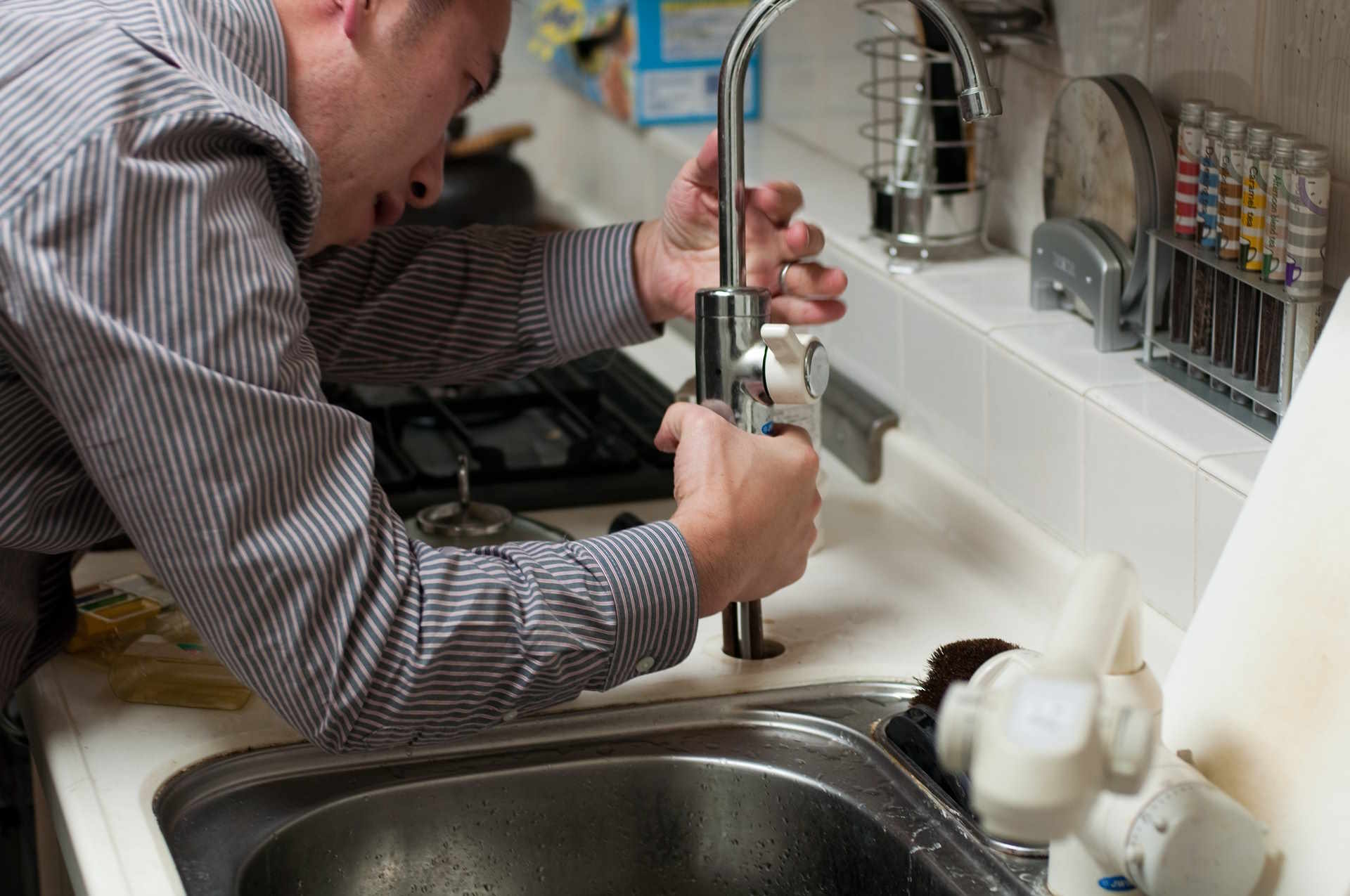General Repair Guide for House and Home
Routine repairs keep a house functioning safely and comfortably. Whether you’re addressing a leaking faucet, patching drywall, or checking roof flashing, small fixes prevent larger problems. This guide summarizes practical steps for common areas of home maintenance, highlights warning signs to watch for, and explains when to consider professional help so you can prioritize repairs effectively.
House repairs: assessing priorities
Start by cataloging visible issues and grouping them by urgency. Safety-related items such as electrical faults, active water leaks, and unstable stairs should take top priority. Next, address things that can cause property damage over time — persistent moisture, clogged gutters, and failing seals. For cosmetic or convenience problems, schedule fixes around time and budget. A simple log that notes problem, location, date discovered, and temporary measures helps track recurring issues and plan long-term improvements.
Home maintenance checklist and timing
A seasonal checklist helps spread repair tasks across the year. Spring is a good time for exterior inspections and gutter cleaning, summer for painting and deck repairs, fall for winterizing plumbing and sealing gaps, and winter for indoor system checks like heating. Include regular items: test smoke and CO detectors, replace HVAC filters, inspect plumbing for slow drains, and monitor for pest activity. Routine small tasks reduce the frequency of emergency repairs and maintain home value.
Roof care: signs and simple fixes
Roof problems are common and can escalate quickly if ignored. Look for missing or broken shingles, granule loss in gutters, stains on ceilings, or interior water spots; these indicate potential leaks. Simple repairs include replacing a few damaged shingles, clearing debris, and resealing flashing around chimneys and vents. For pitched roofs, prioritize safety — use binoculars or hire a professional for high or steep roofs. Prompt attention prevents water damage to insulation and interior finishes.
Foundation concerns: when to inspect
Foundation issues often show subtly: hairline cracks in plaster, doors that stick, uneven floors, or gaps at window frames. Small, static cracks might be monitored, but widening cracks, significant settling, or water pooling near the foundation merit prompt inspection. Address grading and drainage first — ensure downspouts divert water away from the foundation and that soil slopes down from the home. For structural signs or active seepage, consult a licensed inspector or structural engineer to determine remedial options.
Kitchen repairs: common issues and fixes
Kitchens see heavy daily use, so issues here are frequent but usually manageable. Typical tasks include fixing leaky faucets, unclogging drains, replacing worn gasket seals on dishwashers, and tightening cabinet hinges. Inspect countertops and backsplashes for damaged grout or caulking to prevent water intrusion. For appliance failures, identify whether problems are electrical, plumbing, or mechanical to decide between repair or replacement. Proper ventilation and routine cleaning extend appliance life and reduce repair needs.
Finding local services and contractors
When a repair exceeds basic DIY skills, look for local services with verifiable credentials and clear communication. Request written estimates from multiple contractors, check licenses where applicable, and read recent reviews or ask for references. For larger jobs—roof replacement, major foundation work, or kitchen remodels—confirm insurance and warranties before work begins. Keep records of permits, invoices, and contractor contacts; these documents are useful for future maintenance and for prospective buyers if you sell the property.
Conclusion
Regular inspection and timely small repairs preserve home comfort and reduce long-term costs. Focus first on safety and water-related issues, maintain a seasonal checklist, and document problems to prioritize work. For complex structural, roof, or system failures, professional assessment ensures correct diagnosis and repair. With methodical upkeep, many common problems can be caught early and managed before they require extensive remediation.







